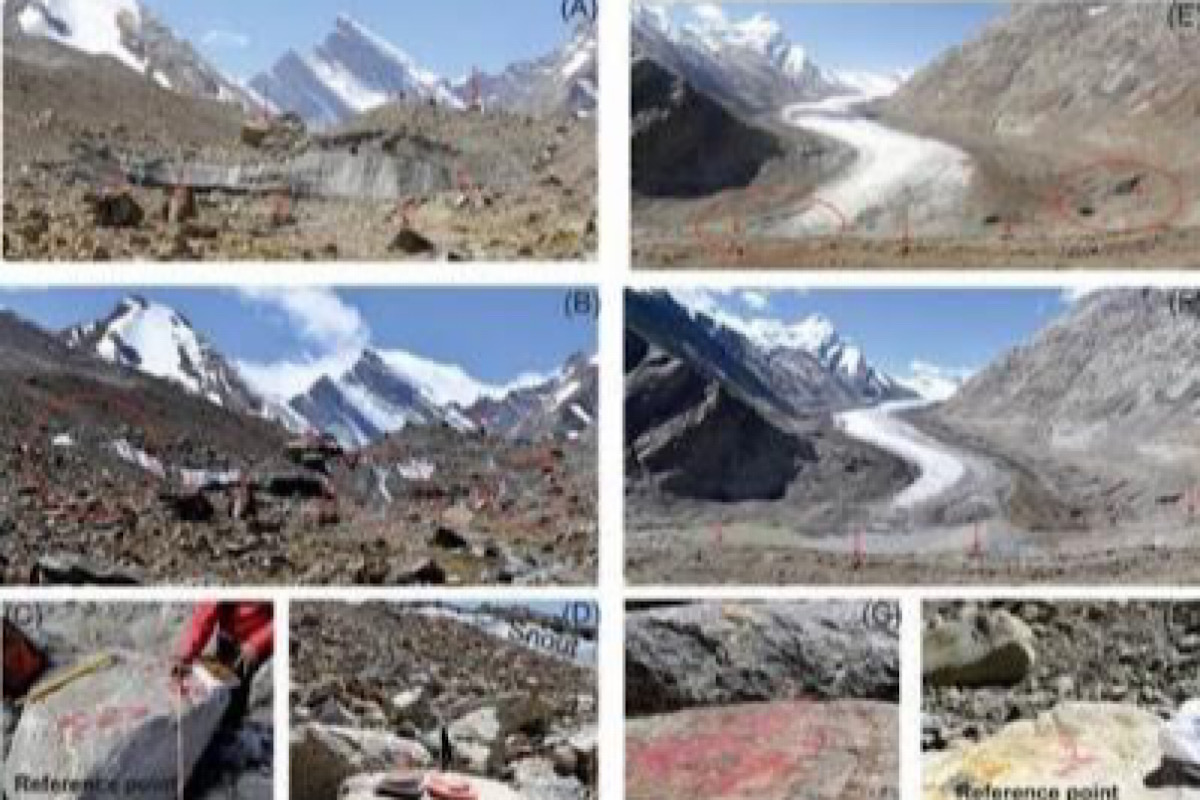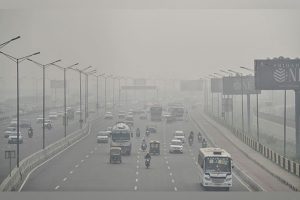A scientific study has discovered that the glacier retreat rate is controlled by climate change, the topographic setting and morphology of the glacier.
A team of scientists from Wadia Institute of Himalayan Geology (WIHG), Dehradun, Uttarakhand, India (an autonomous institute under department of science and technology) quantitatively evaluated the influence of the debris cover on the loss of ice mass in summer (summer ablation) and on terminus recession of glaciers.
Manish Mehta and his team studied two glaciers with different characteristics — the Pensilungpa Glacier (PG) in Suru River and the Durung-Drung Glacier (DDG) in Doda River basins of Zanskar in the Leh district of Ladakh for a comparative study of glacier fluctuations between 1971 and 2019. While a thick debris cover characterizes the PG, the DDG has a thin debris cover, and their comparative analysis helped them trace the influence of various factors on the mass balance process.
They found that the glacier retreat rate is controlled by climate change and the topographic setting and morphology of the glacier. Their comparative study published in the journal Sustainability also confirms the possible influence of factors such as snout geometry, glacier size, elevation range, slope, aspect, debris cover, as well as the presence of supra and proglacial lakes other than the climate in the heterogeneous glacial dynamics and underlined the need to include these in glacial studies.
As per Ministry of Science and Technology, change in debris cover plays a critical role in the glacier surface lowering, shrinkage, retreat, and mass balance, according to a recent study. Therefore, these factors need to be accounted for in future studies for a complete understanding of the observed glacier changes and responses.
Despite the importance of the Himalayan glaciation, the knowledge of the glacial dynamics and the factors that influence these dynamics is scanty. Recent studies of Himalayan glaciers indicate wide variability in retreat rate and mass balance in different sectors of the mountain range, primarily linked to the topography and climate of the region. However, variable retreat rates of glaciers and inadequate supporting field data (e.g., mass balance, ice thickness, velocity, etc.) of the Himalayan glaciers make it challenging to develop a coherent picture of climate change impact.
One of the significant characteristics of the Himalayan glaciers is that the glaciers are mainly debris-covered and have been receding since the end of the Little Ice Age. The supraglacial debris on the surface of glaciers is commonly found to have significant control over the rate of loss of mass of ice due to sun, wind, or rain (ablation). It has been observed that the thickness of supraglacial debris significantly alters the glacier response to climate forcing.












